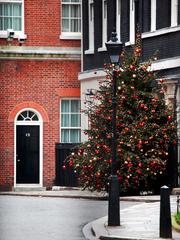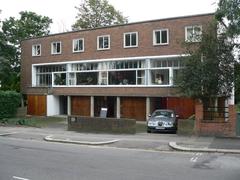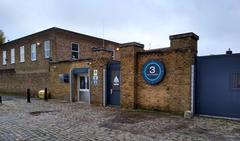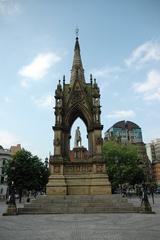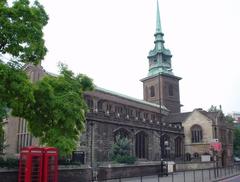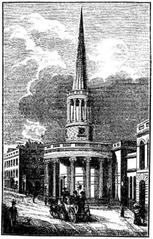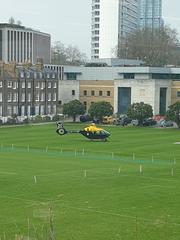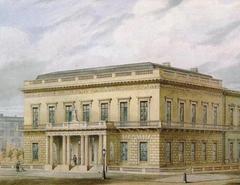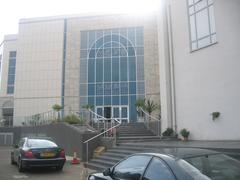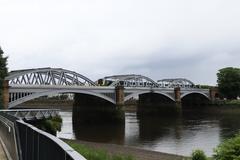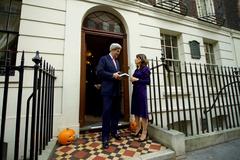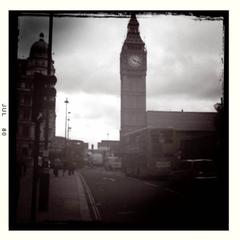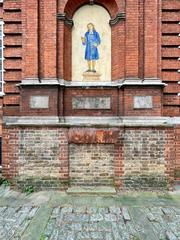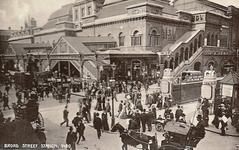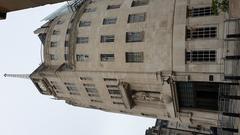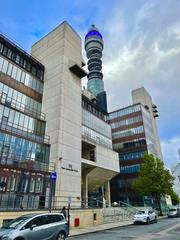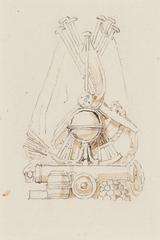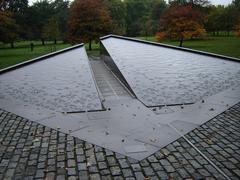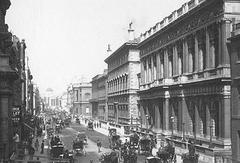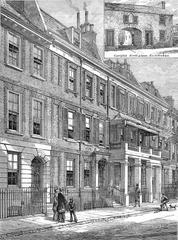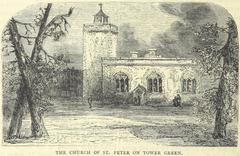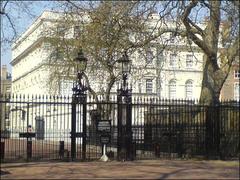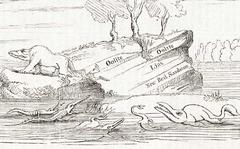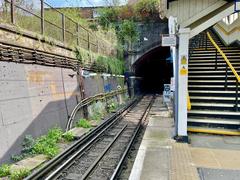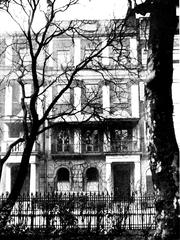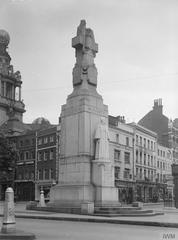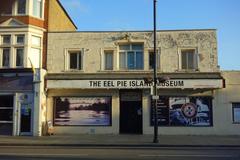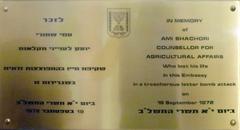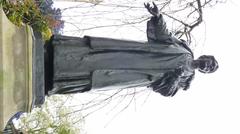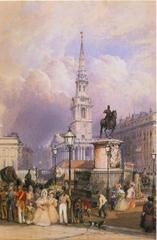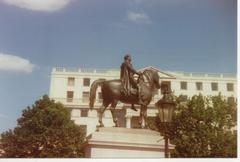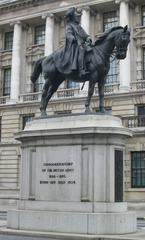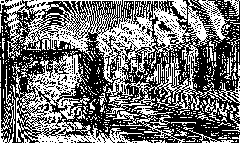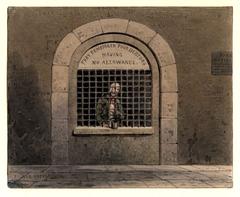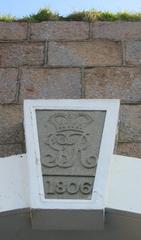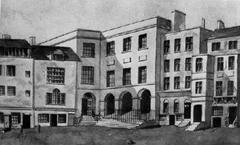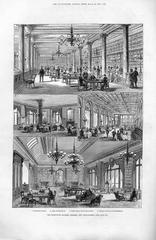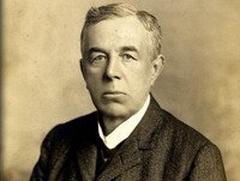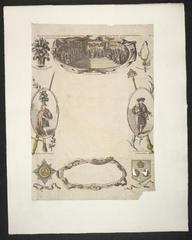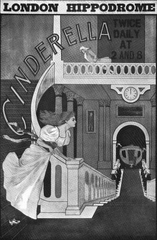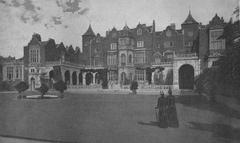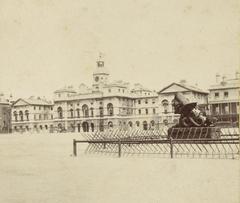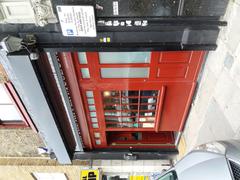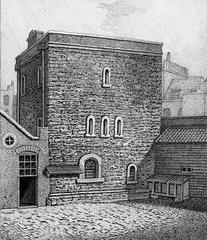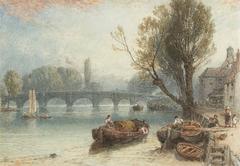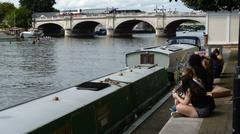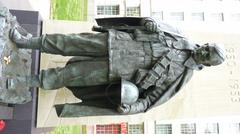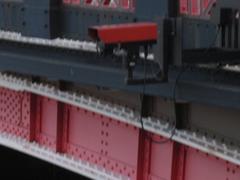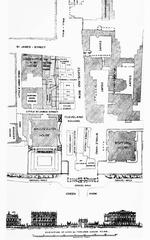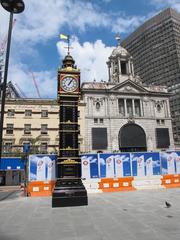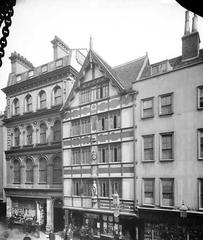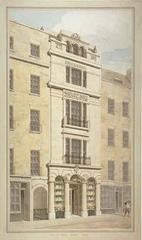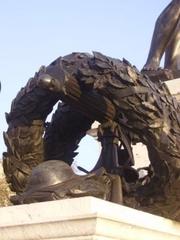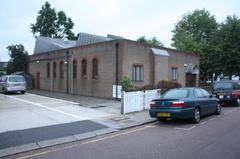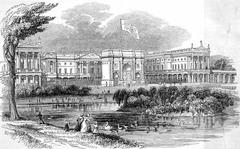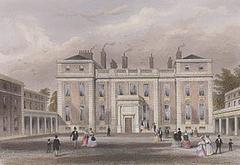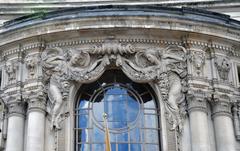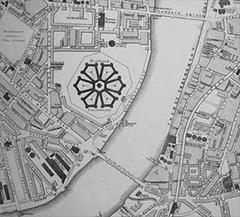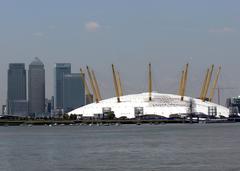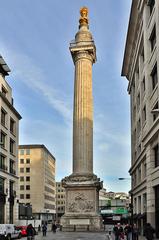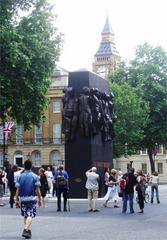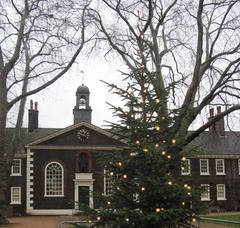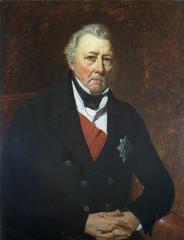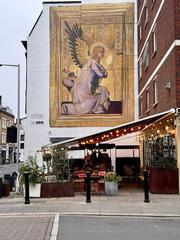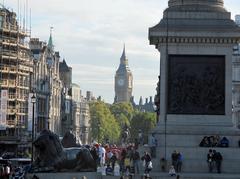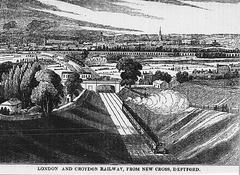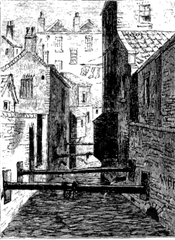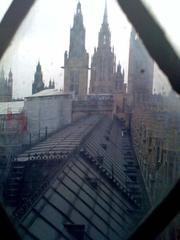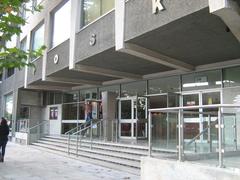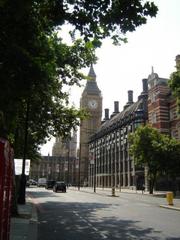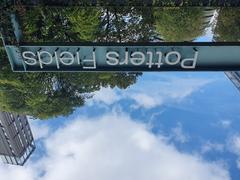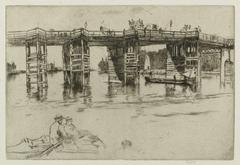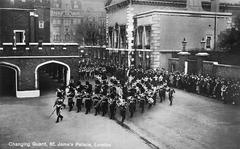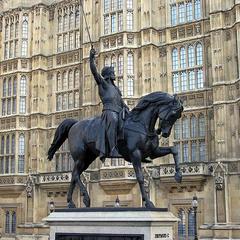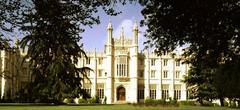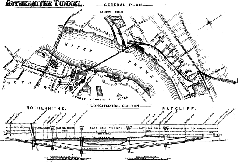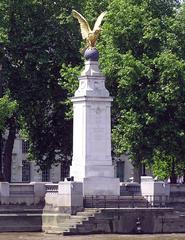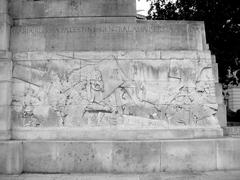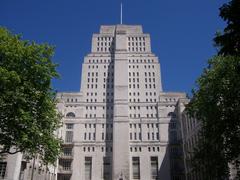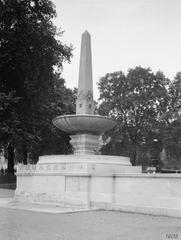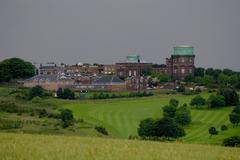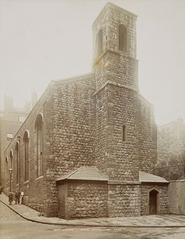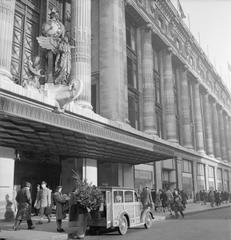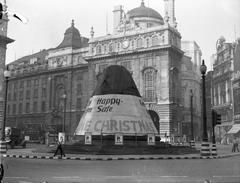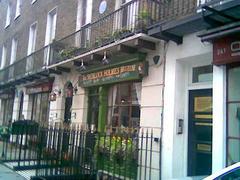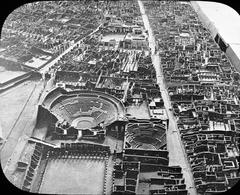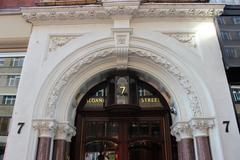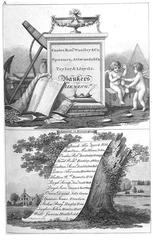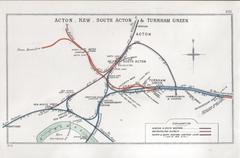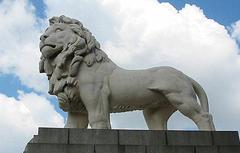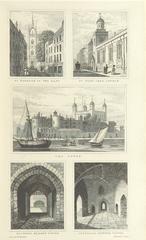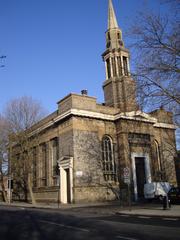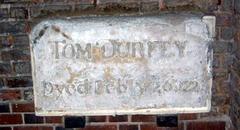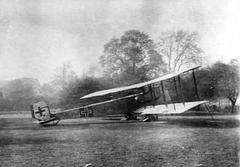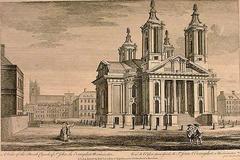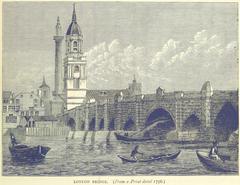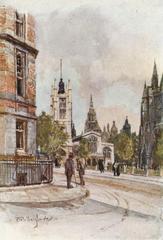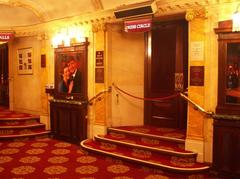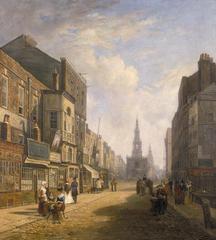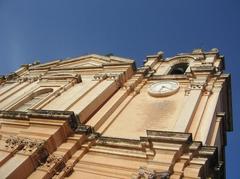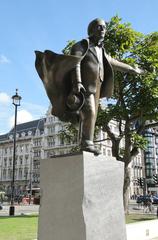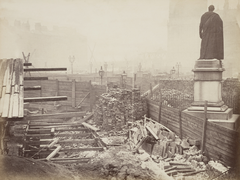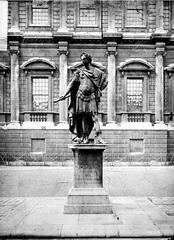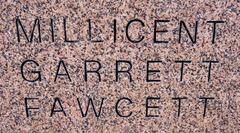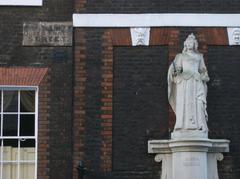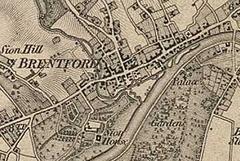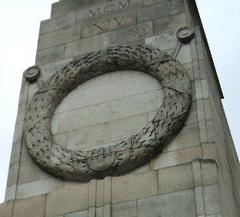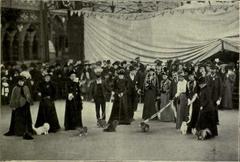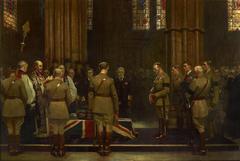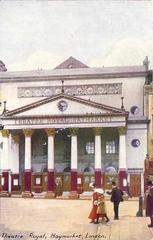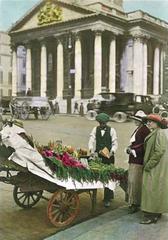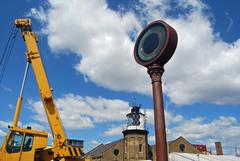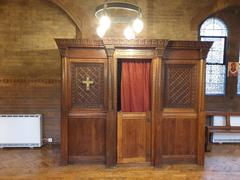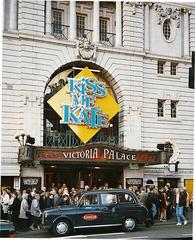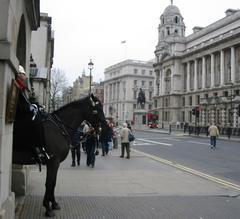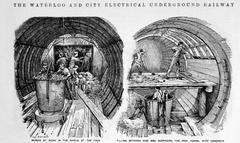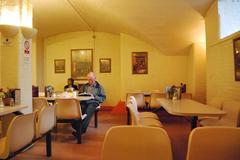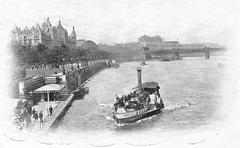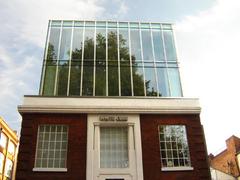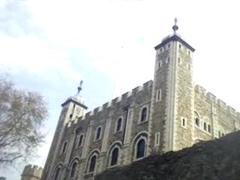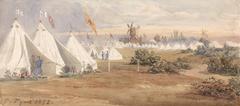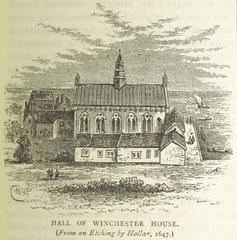Comprehensive Guide to Visiting WWT London Wetland Centre, London, United Kingdom
Date: 18/07/2024
Introduction
Nestled in the heart of Barnes, southwest London, the WWT London Wetland Centre is a pioneering urban nature reserve that has become a must-visit destination for nature enthusiasts, bird watchers, and those seeking a peaceful retreat in the city. This unique 105-acre site, managed by the Wildfowl & Wetlands Trust (WWT) founded by Sir Peter Scott, has transformed from disused Victorian reservoirs into a thriving wetland habitat. Officially opened to the public in May 2000 by Sir David Attenborough, the centre stands as a testament to successful urban ecological restoration and conservation efforts (WWT Official Site).
The WWT London Wetland Centre is renowned for its rich biodiversity, supporting over 180 species of birds, 20 species of dragonflies, and numerous amphibians and mammals. Notable species include the Eurasian bittern, kingfisher, and the endangered European eel (RSPB). The centre’s innovative design and sustainable practices have earned it numerous accolades, including the UK’s premier conservation award and recognition from the Royal Institute of British Architects (RIBA) (RIBA).
Beyond its ecological significance, the WWT London Wetland Centre serves as an educational hub, offering programs for schools, universities, and the public. Interactive exhibits and guided tours provide hands-on learning experiences, fostering a deeper understanding of wetland ecosystems and the importance of conservation (WWT Official Site). This guide aims to provide comprehensive information on the history, visitor experience, and practical details for planning your visit to this remarkable urban oasis.
Table of Contents
- Introduction
- Origins and Establishment
- Development and Construction
- Ecological Significance
- Awards and Recognition
- Educational and Community Impact
- Conservation Initiatives
- Visitor Experience
- Practical Information for Visitors
- FAQ
- Future Prospects
- Conclusion
- Sources
Origins and Establishment
The site of the WWT London Wetland Centre was originally a series of four disused Victorian reservoirs. These were transformed into a wetland habitat by the Wildfowl & Wetlands Trust (WWT), founded by Sir Peter Scott. The transformation project, which began in the late 1990s, culminated in its official opening to the public in May 2000 by Sir David Attenborough (WWT Official Site).
Development and Construction
The development was a significant engineering and ecological undertaking. It involved removing over 100,000 cubic meters of concrete and creating various wetland habitats, including lakes, ponds, and marshes. The design aimed to replicate natural ecosystems, providing a haven for wildlife and an educational resource for visitors. Thousands of native trees and shrubs were planted to enhance biodiversity (WWT Official Site).
Ecological Significance
The WWT London Wetland Centre is a vital sanctuary for wildlife in London. It supports over 180 species of birds, 20 species of dragonflies, and numerous amphibians and mammals. Notable species include the Eurasian bittern, kingfisher, and the endangered European eel (RSPB).
Awards and Recognition
Since its opening, the centre has received numerous accolades, including the UK’s premier conservation award, the Wetland Conservation Award, in 2002, and recognition from the Royal Institute of British Architects (RIBA) for its innovative design and sustainable practices (RIBA).
Educational and Community Impact
The WWT London Wetland Centre offers educational programs for schools, universities, and the public, focusing on wetland ecology, conservation, and sustainability. Interactive exhibits and guided tours provide hands-on learning experiences, fostering a deeper understanding of wetland ecosystems (WWT Official Site).
Conservation Initiatives
The centre is involved in various conservation initiatives, including breeding programs for endangered species, habitat restoration, and research on wetland ecology and climate change. These efforts support the broader WWT mission to conserve wetlands globally (WWT Official Site).
Visitor Experience
Visitors can explore walking trails, bird hides, and observation points, offering close-up views of diverse wetland habitats and wildlife. The centre hosts events and activities, such as guided walks, wildlife photography workshops, and seasonal festivals, providing opportunities to connect with nature and learn about wetland conservation (WWT Official Site).
Practical Information for Visitors
- Opening Hours: The WWT London Wetland Centre is open daily from 9:30 AM to 5:30 PM (last admission at 4:30 PM). It is closed on December 25th.
- Tickets: Ticket prices are £14.50 for adults, £8.95 for children (4-16 years), and free for children under 4. Family and membership options are available (WWT Official Site).
- Accessibility: The centre is fully accessible, with wheelchair-friendly paths and facilities.
- Travel Tips: The centre is easily accessible by public transport, with nearby bus stops and Barnes railway station within walking distance.
- Nearby Attractions: Combine your visit with nearby attractions such as Barnes Common, the London Wetland Centre Cafe, and the historic Hammersmith Bridge.
FAQ
- What are the WWT London Wetland Centre opening hours? The centre is open daily from 9:30 AM to 5:30 PM (last admission at 4:30 PM).
- How much are tickets to the WWT London Wetland Centre? Ticket prices are £14.50 for adults, £8.95 for children (4-16 years), and free for children under 4.
- Is the WWT London Wetland Centre accessible? Yes, the centre is fully accessible, with wheelchair-friendly paths and facilities.
- What can I do at the WWT London Wetland Centre? Visitors can explore walking trails, bird hides, participate in guided tours, and attend workshops and seasonal festivals.
Future Prospects
The WWT London Wetland Centre aims to continue its conservation, education, and community engagement efforts. Future plans include expanding habitat restoration projects, developing new educational programs, and enhancing visitor facilities. The centre also seeks to strengthen partnerships with local communities, schools, and conservation organizations (WWT Official Site).
Conclusion
The WWT London Wetland Centre stands as a testament to the power of conservation and the importance of preserving natural habitats in urban areas. Its transformation from disused reservoirs to a thriving wetland sanctuary highlights the impact of dedicated conservation efforts. As the centre continues to evolve, it remains a vital resource for wildlife, a hub for environmental education, and a cherished green space for Londoners. Stay up to date with the latest news and events by following the WWT London Wetland Centre on social media or visiting their official website (WWT Official Site).
References
- Discover the History and Visitor Guide to WWT London Wetland Centre in London, 2024, Wildfowl & Wetlands Trust https://www.wwt.org.uk/wetland-centres/london/
- Visiting the WWT London Wetland Centre - Tickets, Hours, and Attractions, 2024, Wildfowl & Wetlands Trust https://www.wwt.org.uk/wetland-centres/london/
- Royal Society for the Protection of Birds (RSPB), 2024, RSPB https://www.rspb.org.uk/
- Royal Institute of British Architects (RIBA), 2024, RIBA https://www.architecture.com/

